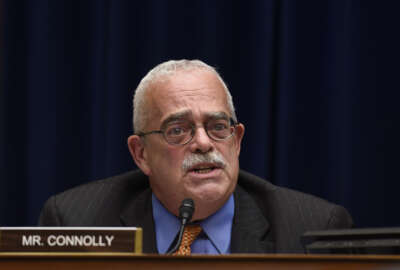
OPM begins review of special rates in preparation for pay raise
The data call requests agencies submit evaluations for positions that receive a rate of pay that differs from the standard General Schedule.
The Office of Personnel Management put out its annual call for review of special pay rate employees in preparation for an expected January pay raise. The data call instructs agencies to submit evaluations for positions that receive a rate of pay that differs from the standard General Schedule.
Agencies can recommend the positions receiving a special pay rate for termination, reduction or an increase other than the expected 1.9 percent for GS employees. If an agency doesn’t plan to recommend one of these options, it needs not send OPM any data, and the special rate positions will receive the same pay adjustment as the rest of the General Schedule.
The data call was issued on Aug. 8, and all reviews and recommendations are due by Friday, Oct. 13.
A special rate is an alternate adjustment — separate from locality pay adjustments — made either through a flat dollar amount or a percentage of the base pay. OPM authorizes special pay rates in anticipation of recruitment or retention issues in attempts to make particular jobs, grades or locations more attractive. Sometimes this means closing the gap on a public/private pay disparity.
In return, OPM reserves the right to conduct a review on such positions at any time, and usually does so on an annual basis.
OPM can terminate special rates if, among other reasons, their locality pay adjustments equal their special rate adjustment. In these cases, termination of the special pay rate would result in no loss of pay.
For fiscal 2017, there are more than 110 positions that receive special pay rates under Title V. These include everything from police and firefighters to program management to nurses.
OPM says it can establish special pay rates to address staffing problems caused by:
• significantly higher non-federal pay rates than those payable by the federal government within the area, location or occupational group involved;
• the remoteness of the area or location involved;
• the undesirability of the working conditions or nature of the work involved; or
• any other circumstances OPM considers appropriate.
Copyright © 2025 Federal News Network. All rights reserved. This website is not intended for users located within the European Economic Area.
Daisy Thornton is Federal News Network’s digital managing editor. In addition to her editing responsibilities, she covers federal management, workforce and technology issues. She is also the commentary editor; email her your letters to the editor and pitches for contributed bylines.
Follow @dthorntonWFED




